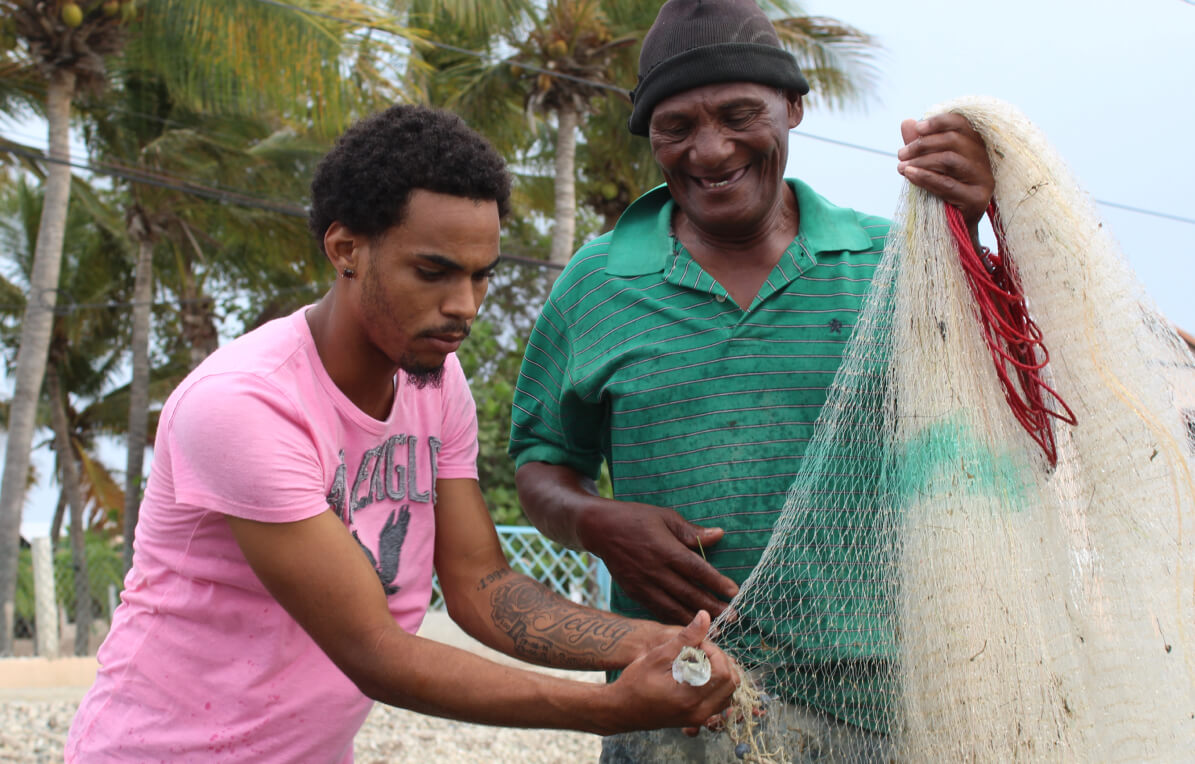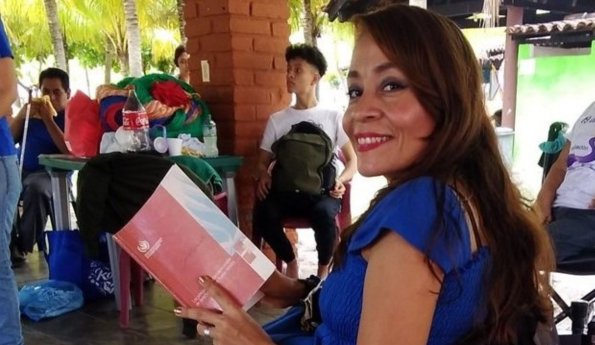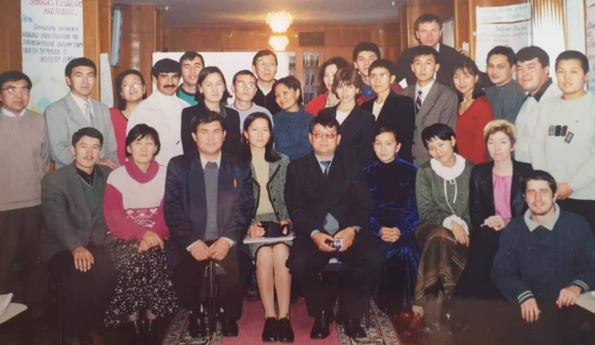SID-Washington is the largest and most active chapter of the Society of International Development, an international network devoted to sustainable economic, social, and political development. SID-W’s Gender and Inclusive Development Workgroup recently hosted an event titled “How Are Inclusive Approaches Working to Prevent and Counter Violent Extremism?”
This panel discussion featured Pakistani civil society leader Maryam Bibi, founder and Chief Executive of Khwendo Kor; Mehreen Farooq, Peace and Security Technical Director at Counterpart International; Kathleen Kuehnast, Director of Gender Policy and Strategy, United States Institute of Peace; and Sara Reckless, OTI Transition Advisor at USAID.

Most of the discussion focused on the role of women and girls in violent extremism, the driving cultural and social factors that often lead them to support violent extremist groups, and what the international community can do to prevent this from happening. Kathleen Kuehnast opened the conversation by reminding us about the prominent stereotype that men are violent perpetrators and women are victims. Despite this belief, women often voluntarily support extremist groups or serve as passive bystanders. When designing countering violent extremism (CVE) programs, it is important to remember that female terrorism is not a new phenomenon and that terrorism is not limited to any particular faith.
Both men and women are enticed to join violent extremist groups such as Boko Haram and ISIS for many overlapping reasons. There are certain environmental pull factors, such as cash incentives, better living situations, and other livelihood opportunities, that draw recruits to ISIS. Men and women are enticed to join ISIS because of education and health pull factors. If individual or community frustrations with government corruption or economic conditions are exacerbated, both men and women will be more likely to join or support extremist groups due to desperation.
Despite these similarities, there are cultural norms that specifically drive women to join extremist groups. In many societies, it is common for women to have limited mobility, limited economic participation, and finite decision-making in both the private and public realms of society.
When discussing violent extremist groups such as ISIS, we must remember that they are more than just religious movements. ISIS is a caliphate, building a new society and a new state. This revolutionary idea inspires recruits to feel they are making a difference in the world. To genuinely create a new state, ISIS needs women to add credibility and uses specific gender-focused initiatives to successfully recruit them. These techniques can include promoting the idea of sisterhood, sending pictures of “hot jihadists” holding kittens, and selling the idea of a complete, happy lifestyle. Once these women join ISIS, things turn out differently; too often they end up in jail, married without consent, raped, or struggling to stay alive in an active war zone.
To prevent women and girls from joining violent extremist groups, the international community must enhance women’s abilities to be productive members of their communities. Mehreen Farooq hit the nail on the head when she said that we must go above and beyond a simple gender analysis. We must support women to become active stakeholders, improve service delivery, mitigate political grievances, improve livelihood opportunities, and decrease the appeal of financial incentives offered by extremists.

Sara Reckless ended the discussion by talking about preventing and stopping violent extremism. Overall, USAID states that there is no clear answer to violent extremism. What the international community can work on, however, is reducing marginalization and improving inclusion. Clustering, layering, and sequencing diverse interventions is key to achieving results in environments where drivers of extremism are often interrelated. Lastly, Reckless tells us that it is important to always be intentional when engaging women and to build their trust.
This discussion served as an important reminder that both men and women can be victims, volunteers, and vulnerable when it comes to violent extremism. Yet, we have also learned that there are specific stereotypical gender constructs and cultural norms that differentiate CVE between men and women, whether it’s through recruitment, driving factors to join, or prevention. The international community must work together to look at CVE through a gendered lens and as a gender-inclusive issue, while keeping in mind the unique challenges that women themselves face.




